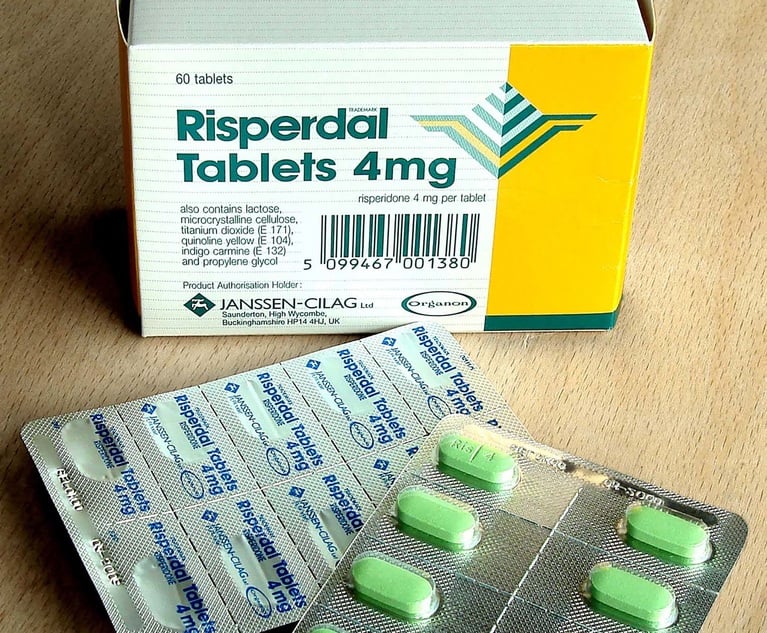The Food and Drug Administration (FDA) has approved on average 38 new drugs per year from 2010 through 2019, with a peak amount of 59 drugs approved in 2018. Congressional Budget Office, Research and Development in the Pharmaceutical Industry (April 2021). By the time a new drug is available to consumers, an extensive development process has taken place. This process, from drug candidate to FDA-approved drug and subsequent market release, is both time-consuming and expensive. It often takes a decade or more and has been estimated to cost more than $1 billion dollars. Id. Within this decade, it is important to perform due diligence on the drug and its related processes of making and using it. The same is true when contemplating an acquisition during this time period, whereby the drug and its development transfers to a new owner. Transfer of ownership of the drug is a common occurrence. In fact, about one-fifth of drugs in the development process have been acquired by another pharmaceutical company for commercialization. Id.
There are two important due diligence items to examine before bringing a new drug to market or acquiring it prior to market launch. The first item is a freedom to operate (FTO) assessment to determine whether the commercialization of the drug would infringe any third-party patents. The second item is identifying any market exclusivity that the drug is expected to receive after obtaining FDA approval.


 Credit: vchalup/Adobe Stock
Credit: vchalup/Adobe Stock




